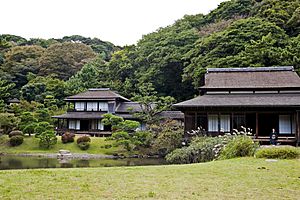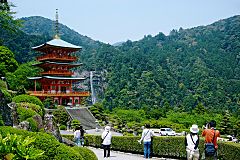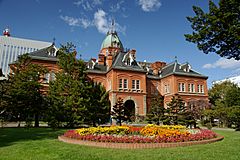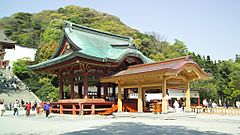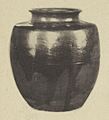Important Cultural Properties of Japan facts for kids
Important Cultural Properties of Japan are special treasures chosen by the Japanese government. These are buildings, artworks, and other items that are very important to Japan's history and culture. The Agency for Cultural Affairs helps protect them.
Contents
Protecting Japan's Cultural Treasures
Japan has a special law called the Law for the Protection of Cultural Properties. This law helps keep important cultural items safe. It sets up a "designation system" to choose and name these important items as Cultural Properties.
When something is named a Cultural Property, there are rules about it. For example, you might need special permission to change it, fix it, or send it out of Japan. This helps make sure these treasures are kept safe for future generations.
There is also a "registration system." This system offers a lower level of protection and support. Items that are "registered" are still important, but they don't have as many strict rules as "designated" items.
Cultural Properties can be important at different levels:
- City level: Some items are important to a specific city.
- Prefectural level: Others are important to a larger area called a prefecture (like a state or province).
- National level: The most important items are recognized by the whole country.
Sometimes, an item can be important at more than one level. For example, Sankei-en is a beautiful traditional Japanese garden in Yokohama. It has some items that are important to the city and other items that are important to the whole country.
Examples of Important Cultural Properties
-
Seiganto-ji, a temple in Wakayama Prefecture
-
Kōchi Castle, a historic castle in Kōchi Prefecture
-
Tsūjun Bridge, an old stone bridge in Kumamoto Prefecture
-
The Former Hokkaidō government office building
-
Tsurugaoka Hachiman-gū, a famous shrine in Kamakura, Kanagawa prefecture
Images for kids
-
Nihon Bridge in Nihonbashi, Tokyo
See also
 In Spanish: Bien Cultural Importante de Japón para niños
In Spanish: Bien Cultural Importante de Japón para niños


